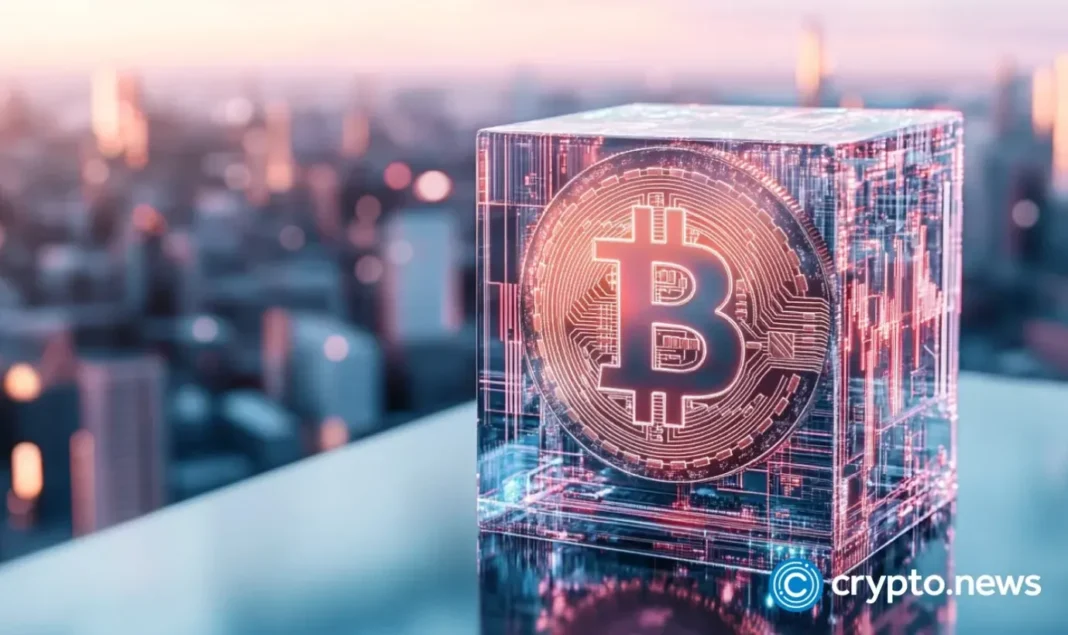Will Bitcoin Ever Become Real Money? Safe Haven or Spendable Currency?
Table of Contents
- Bitcoin vs. Gold: A New Safe Haven?
- Is Bitcoin Ready for Everyday Payments?
- Scaling Up: Can Bitcoin Compete with Visa?
- Lightning Network and the Push for Microtransactions
- Final Thoughts: Store of Value or Everyday Currency?
Bitcoin vs. Gold: A New Safe Haven?
For years, Bitcoin has been compared to gold, and not without reason. Both are scarce, non-sovereign assets that serve as hedges against inflation. But while gold has centuries of credibility behind it, Bitcoin is the digital upstart that’s slowly earning its stripes.
Gold has always been the go-to asset during economic downturns. It’s physical, trusted, and universally accepted. In contrast, Bitcoin—despite being labeled “digital gold”—is still navigating its way through regulatory hurdles and public trust. However, the core similarities remain striking: both are hard to produce, finite, and increasingly sought after.
- Gold requires physical storage, security, and custodianship.
- Bitcoin is lightweight, portable, and secured by cryptographic keys.
- You can’t email gold—but you can send Bitcoin across the world in minutes.
Unlike gold, Bitcoin is highly volatile, often swinging in price like a tech stock. But as institutional investors, asset managers, and even governments jump into Bitcoin, price volatility is slowly decreasing, paving the way for broader acceptance.
Still, when former U.S. trade tensions caused global market instability, gold surged—Bitcoin did not. This shows that trust in gold as a crisis asset remains stronger, at least for now.
Is Bitcoin Ready for Everyday Payments?
Bitcoin was never just meant to be a savings tool—it was envisioned by Satoshi Nakamoto as a peer-to-peer electronic cash system. That vision, however, has met resistance.
In 2021, Tesla briefly accepted Bitcoin for its cars, only to pull back over environmental concerns. Many celebrated the move; others saw it as proof that Bitcoin isn’t practical for payments—yet.
Still, Bitcoin adoption is growing. Companies like Apple, Microsoft, Starbucks, PayPal, and Netflix have dipped their toes into crypto acceptance. And according to Bitdegree, over 15,000 businesses worldwide now accept Bitcoin, including more than 2,000 in the U.S. alone.
But there’s a catch.
Bitcoin’s main blockchain can only handle seven transactions per second. Compare that to Visa, which can process over 65,000 per second, and the gap is clear. For Bitcoin to truly serve as everyday money, scalability needs to improve drastically.
Scaling Up: Can Bitcoin Compete with Visa?
Despite its limited transaction speed, Bitcoin developers haven’t given up. For years, they’ve worked on ways to scale the network without compromising decentralization.
Enter the Lightning Network—Bitcoin’s most promising solution for mass adoption.
The Lightning Network (LN) is a layer-2 protocol that moves transactions off-chain, enabling faster, cheaper payments while settling the final results on the main Bitcoin blockchain. Think of it as a fast lane for everyday use, while the base layer handles the heavy lifting for security and finality.
LN is already being used in wallets, exchanges, and even by merchants who want instant, low-fee Bitcoin transactions.
There’s even debate around what to call Bitcoin’s smallest unit. Traditionally known as satoshis (or sats), some now propose switching to “bits” to improve public understanding. While the community hasn’t agreed, the discussion highlights how deeply the ecosystem is thinking about mainstream usability.
Bitcoin Spending is Getting Easier
Another innovation gaining traction is the rise of prepaid crypto debit cards. These cards allow users to spend Bitcoin at any regular card terminal, instantly converting BTC to fiat at the time of purchase.
This bridges the gap between crypto and commerce, offering users flexibility while merchants get paid in their local currency. It’s a step forward for usability and could be key to Bitcoin’s long-term role as a daily payment option.
At the same time, Bitcoin’s appeal as a long-term store of value remains strong. Many users prefer to HODL (hold on for dear life), viewing BTC more like digital real estate than spending cash. And that duality—asset and currency—may be the most unique thing about Bitcoin.
Final Thoughts: Store of Value or Everyday Currency?
So, will Bitcoin ever replace the dollar in your wallet or the credit card in your pocket?
Not anytime soon. But that may not be the point.
Bitcoin is evolving into a multi-purpose asset—a hedge, an investment, and potentially, a currency. With better infrastructure, growing adoption, and a maturing regulatory environment, Bitcoin’s use as a means of exchange is more likely than ever—even if it never becomes as ubiquitous as fiat.
For now, Bitcoin is digital gold with ambition. And whether you hold it, spend it, or build on top of it, the future of money is being written—one block at a time.


